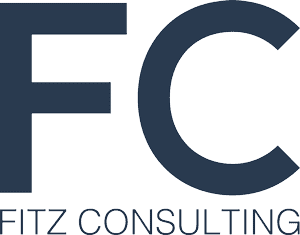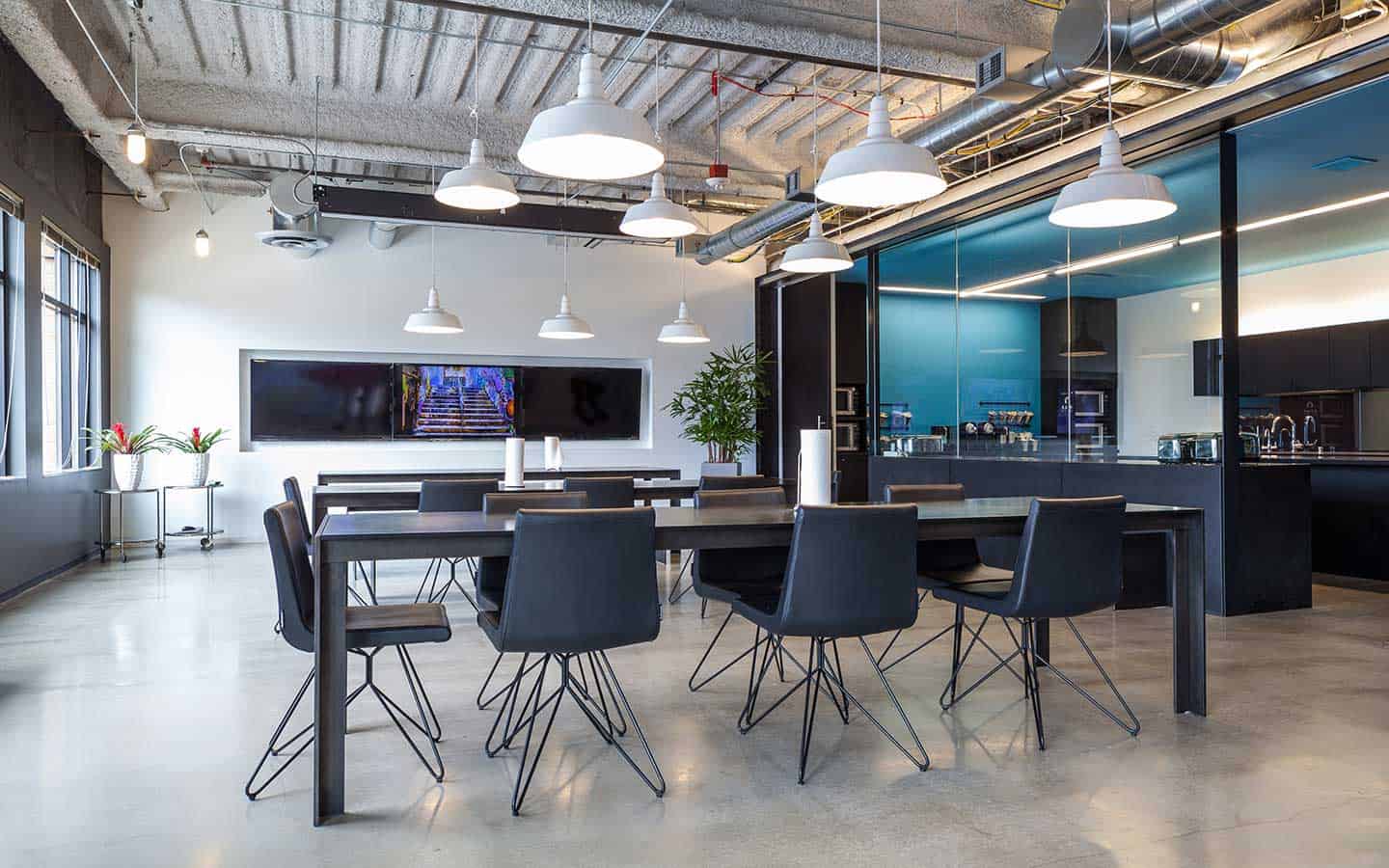The workplace has undergone a fundamental transformation. As a leading workplace renovation specialist in Christchurch, we understand that today’s offices must do far more than simply house employees—they need to inspire creativity, facilitate collaboration, support wellbeing, and reflect your company’s culture and values.
At Fitz Consulting, we’ve helped numerous Christchurch businesses reimagine their workspaces to meet these evolving demands. This guide explores how thoughtful commercial interior renovations can create environments where people and businesses thrive.
Why Office Environment Design Matters More Than Ever
The right office design delivers measurable business benefits:
- Enhanced employee productivity and engagement
- Improved talent attraction and retention
- Strengthened company culture and brand identity
- Optimized space utilization and operational efficiency
- Adaptability to evolving work patterns and technology needs
Designing Office Spaces That Enhance Productivity and Collaboration
Modern workplace design balances focused work with collaborative engagement:
Activity-Based Working Zones provide dedicated areas designed for specific work modes—quiet zones for deep concentration, collaborative spaces for spontaneous interaction, and meeting areas configured for different team sizes and purposes.
Flexible Layout Strategies incorporate modular furniture systems and movable partitions that adapt to changing needs. Multi-purpose spaces can transform based on activities while supporting future growth.
Human-Centered Design Elements focus on ergonomic workstations, optimal acoustic management, lighting designs that support circadian rhythms, and temperature control for comfort—all contributing to a more productive work environment.
Incorporating Biophilic Elements for Employee Wellbeing
Connecting employees with nature delivers powerful wellness benefits:
Natural Light Optimization involves strategic window placement and glass partitions to maximize daylight penetration. Light shelves and reflective surfaces can project natural light deeper into spaces, while smart lighting systems complement natural patterns.
Living Elements Integration goes beyond token desk plants to include green walls that improve air quality, planter systems that double as space dividers, and outdoor workspace options where feasible.
Natural Materials and Textures like timber, stone, and natural textiles add warmth and tactile quality to the space. Color palettes derived from the local Canterbury landscape create a sense of place and connection.
Sensory Considerations incorporate natural ventilation where possible, acoustic elements that mimic natural sound patterns, and views that provide psychological restoration—creating a multi-sensory environment that supports wellbeing.
Technology Infrastructure Considerations for Modern Workplaces
Technology integration must be seamless and future-focused:
Connectivity Foundations start with structured cabling systems with capacity for expansion. Strategic placement of power and data access points, comprehensive wireless coverage, and adequate bandwidth provisioning ensure consistent connectivity.
Collaboration Technology includes meeting spaces with integrated audiovisual systems, digital tools that support hybrid working models, and interactive displays that enhance communication and creativity.
Smart Building Elements like occupancy-based lighting and climate control, access systems that enhance security while improving user experience, and space utilization monitoring can significantly improve operational efficiency.
Future-Proofing Strategies such as raised floors for flexible infrastructure routing, modular power systems that adapt to layout changes, and technology-neutral design approaches ensure your workplace can evolve with changing needs.
Expert Recommendations for Your Office Renovation
Based on our experience transforming Christchurch workplaces, we recommend:
Start with a Workplace Strategy: Before selecting furniture or finishes, develop a clear understanding of how your organization works and where improvements can be made. This strategy should align workspace design with business objectives.
Prioritize Adaptability: The most successful office renovations incorporate flexibility to accommodate changing work patterns and business needs. Consider modular solutions that can evolve without major reconstruction.
Budget for Technology: Allocate sufficient resources for technology infrastructure—it’s the backbone of modern workplace functionality. Underinvestment here often leads to costly retrofits later.
Balance Open and Private: While open plans promote collaboration, they must be balanced with adequate privacy options. The ideal mix varies by organization and work type.
Involve Your Team: Engagement throughout the design process increases buy-in and provides valuable insights about work practices that might otherwise be overlooked.
Planning Your Office Renovation Project
When considering a commercial renovation:
- Begin with a thorough needs analysis rather than assumptions
- Consider both immediate requirements and future flexibility
- Prioritize elements that directly support your business objectives
- Develop a change management strategy alongside physical design
- Engage professionals with specific experience in workplace design
By approaching office renovation as a strategic business initiative rather than just an aesthetic update, Christchurch businesses can create environments that deliver meaningful returns on investment.
At Fitz Consulting, we specialize in transforming workplaces that enhance both organizational performance and employee experience. Our integrated approach ensures that your office renovation aligns with your broader business strategy.

